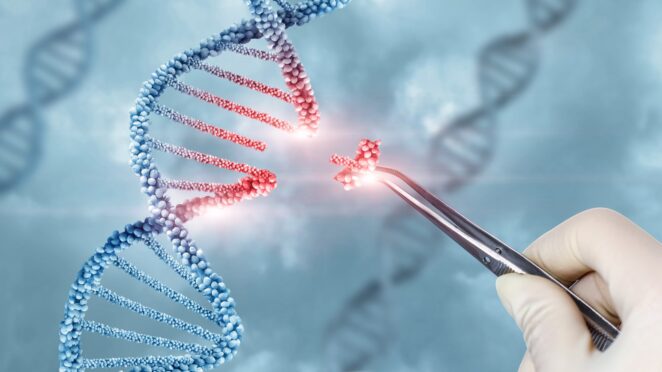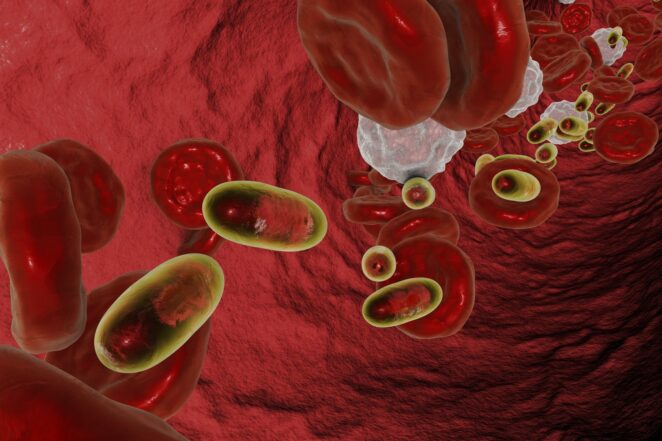Erectile dysfunction (ED) is a prevalent medical condition affecting millions of men globally. It refers to the inability to achieve or maintain an erection sufficient for satisfactory sexual performance.
Over the years, various treatments have been developed to address this issue, including medications, therapies, and lifestyle changes. Looking ahead, the future of erectile dysfunction treatment holds promising innovations that could revolutionize the way this condition is managed. This article explores potential advancements that may reshape the landscape of ED treatment.
Precision Medicine and Personalized Therapies
Advancements in medical technology and understanding of genetics have paved the way for precision medicine, an approach that tailors treatments to an individual’s unique genetic makeup and characteristics.
In the context of erectile dysfunction, this could mean identifying specific genetic markers associated with the condition and designing personalized therapies based on a patient’s genetic profile. By pinpointing the underlying causes of ED for each patient, treatments could become more effective and minimize side effects.
Gene Therapy

Gene therapy involves modifying a person’s genes to treat or prevent disease. This emerging field has shown promise in various medical areas, and it holds potential for revolutionizing ED treatment.
Researchers are investigating ways to use gene therapy to enhance blood flow, nerve function, and the release of key signaling molecules in the penile tissue. By addressing the root causes at a genetic level, gene therapy might offer a more lasting and targeted solution for ED.
Stem Cell Therapies
Stem cell therapies involve using stem cells to repair damaged tissues and promote tissue regeneration. In the context of erectile dysfunction, stem cells could be used to rejuvenate the blood vessels, nerves, and smooth muscles responsible for penile function.
Preliminary studies have shown promising results in animal models, and ongoing research is exploring the safety and effectiveness of these therapies in humans. If successful, stem cell treatments could provide a long-term solution for ED without relying on frequent medication use.
Neuromodulation Techniques
Neuromodulation techniques involve stimulating or regulating the nervous system to achieve therapeutic effects. These techniques hold potential for treating ED by targeting the nerves that control penile function.
Transcranial magnetic stimulation (TMS) and spinal cord stimulation are examples of neuromodulation approaches that have shown promise in initial studies. By modulating neural pathways, these techniques could enhance sexual response and overcome neurogenic causes of ED.
Nanotechnology and Drug Delivery

Nanotechnology offers the potential to revolutionize drug delivery systems, making treatments more targeted and efficient.
Researchers are exploring the use of nanoparticles to deliver medications directly to penile tissues, improving the efficacy and reducing potential side effects. This approach could lead to longer-lasting effects and lower medication doses, improving the overall treatment experience for individuals with ED.
Virtual Reality and Psychosocial Interventions
Erectile dysfunction often has both physical and psychological components. Future treatments may integrate virtual reality (VR) and other immersive technologies to address the psychological aspects of ED.
VR-based cognitive-behavioral therapy (CBT) programs could help individuals manage anxiety, stress, and performance-related concerns that contribute to ED. These interventions could complement traditional medical treatments, providing a holistic approach to addressing the condition.
Bioprinting and Tissue Engineering
Advancements in bioprinting and tissue engineering have opened up new possibilities for creating functional human tissues and organs. Researchers are exploring the potential of creating bioengineered penile tissues using a patient’s own cells.
These tissues could be used for transplantation or as a platform for testing new treatments. While still in its early stages, this technology holds promise for individuals with severe ED due to irreversible damage.
Artificial Intelligence (AI) and Data Analytics

AI and data analytics are transforming healthcare across various domains, and ED treatment is no exception. AI algorithms could analyze complex data from patients’ medical histories, genetics, and lifestyle factors to predict their likelihood of developing ED or the most effective treatment options.
Additionally, AI-powered telemedicine platforms could provide personalized treatment plans and remote monitoring, making quality care more accessible.
Regenerative Medicine
Expanding on the stem cell therapies mentioned, you could delve into other regenerative medicine approaches like platelet-rich plasma (PRP) therapy. This involves using a patient’s own blood components to stimulate tissue repair and growth, which could have applications in ED treatment.
Combination Therapies
Explore the possibility of combining multiple innovative approaches for a synergistic effect. For instance, combining gene therapy with stem cell treatments or precision medicine with nanotechnology-based drug delivery could offer more comprehensive solutions.
Telehealth and Remote Monitoring
Discuss how telehealth platforms and wearable devices could be integrated into ED treatment plans. This could enable real-time monitoring of patient progress, adherence to treatments, and the adjustment of personalized therapies as needed.
Ethical Considerations and Regulation
Address the ethical implications of these emerging treatments. Discuss the importance of regulatory oversight, informed consent, and ensuring that these treatments are accessible and affordable to a wide range of patients.
Patient Perspectives

Incorporate testimonials or interviews with individuals who have experienced ED and their thoughts on these potential treatments. This could add a human touch and highlight the impact of these innovations on patients’ lives.
Global Accessibility
Consider discussing how these innovations might be accessible and applicable in different parts of the world. Factors such as cost, infrastructure, and cultural attitudes toward ED could influence the adoption of these treatments globally.
Conclusion
The future of erectile dysfunction treatment is brimming with innovation and potential breakthroughs. From precision medicine and gene therapy to stem cell treatments and neuromodulation techniques, these advancements hold the promise of providing more effective and personalized solutions for individuals with ED.
As these innovative approaches continue to develop, it is essential to ensure rigorous research, ethical considerations, and patient safety remain at the forefront. By combining cutting-edge technology, scientific research, and a holistic understanding of the condition, healthcare professionals are on the cusp of transforming the landscape of erectile dysfunction treatment.




